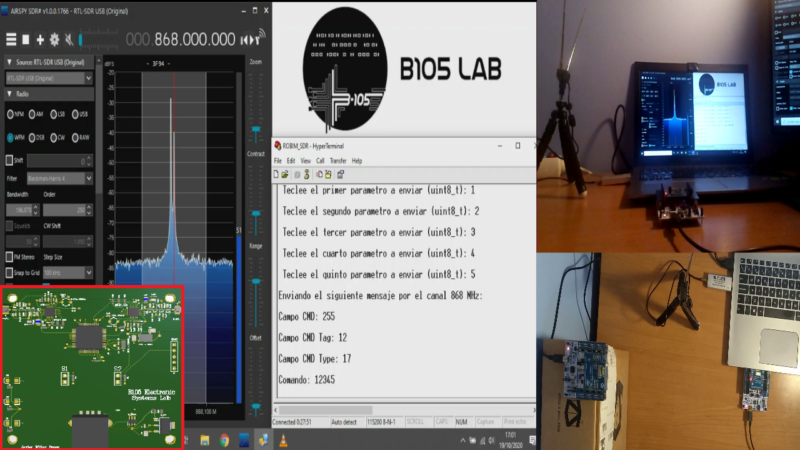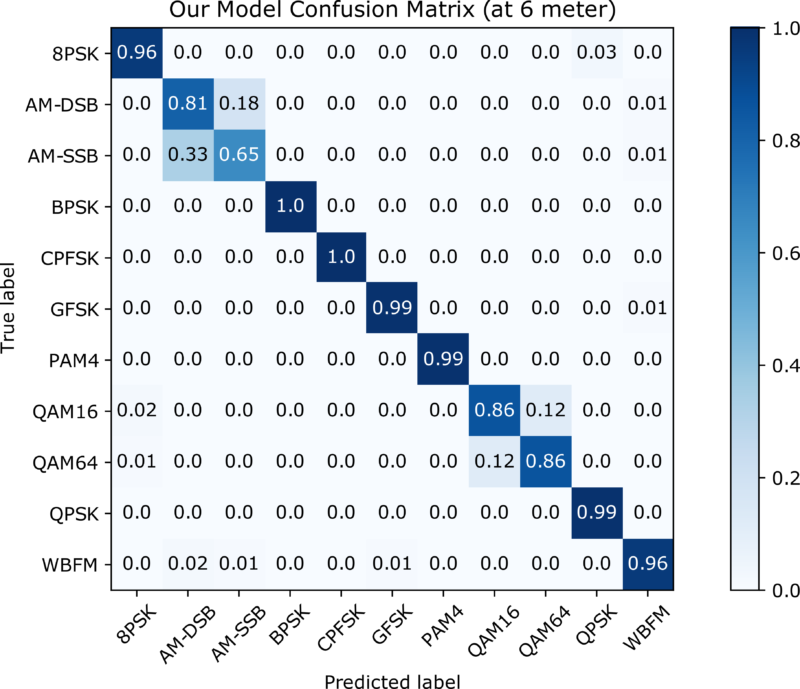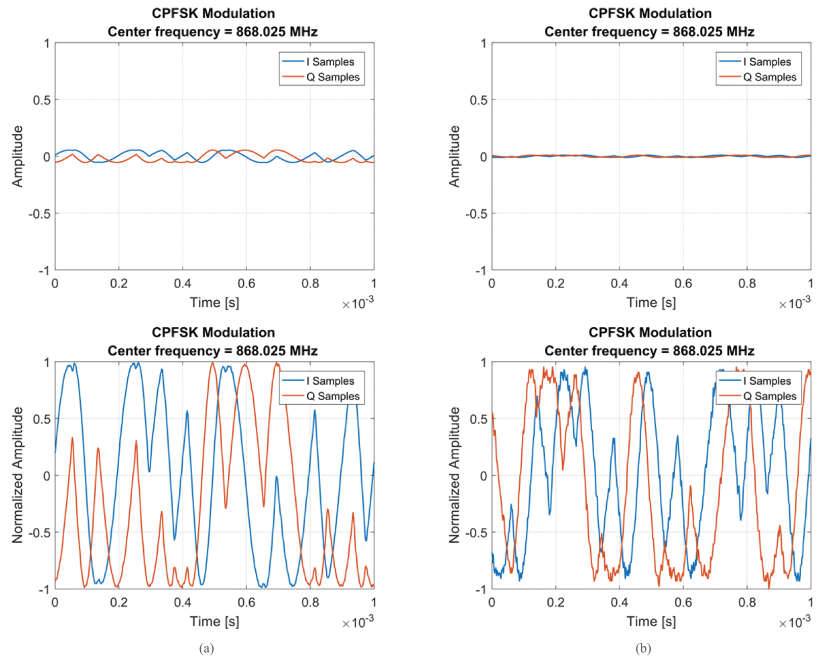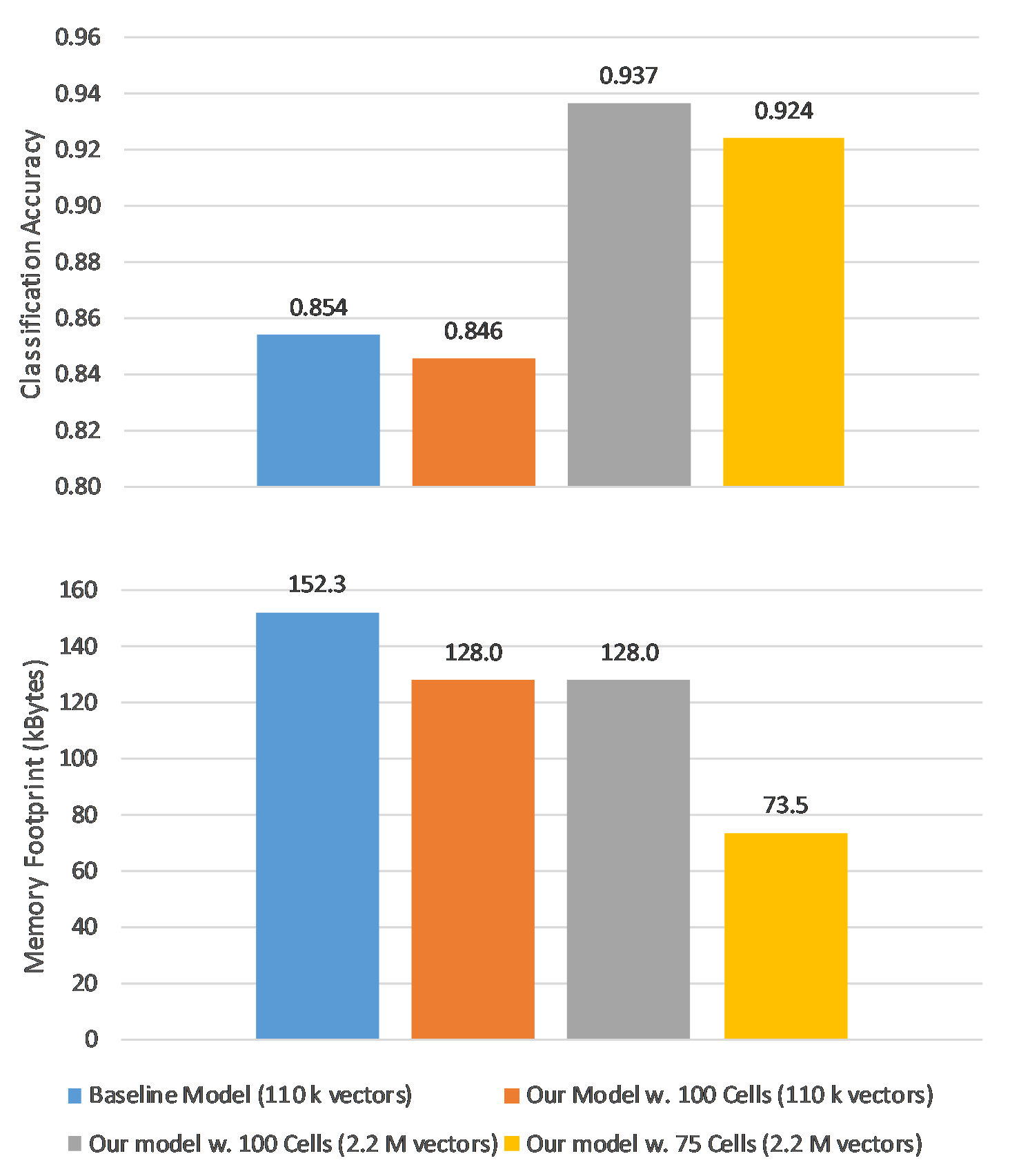This work is part of the ROBIM project in which the working group B105 Electronic Systems Lab of the University Universidad Politécnica de Madrid collaborates. The ROBIM project takes part in the program Programa Estratégico CIEN with the support of the CDTI (Centro para el desarrollo tecnológico Industrial) and the RDF (Regional Development Forum) for Europe.
The ROBIM project seeks to automate technical inspections of buildings, reducing costs and execution times associated with these processes. The system makes use of a drone for inspection work, thus avoiding the installation of scaffolding and all the security measures that the process requires, which is costly in time and money. Currently, the drone has a communication channel that allows users to obtain information on the process, as well as direct the drone whenever necessary.
The main objective of this work is to create a secondary, safe and effective communication channel, for situations where communication with the main system is not possible. To achieve this, the project stablish the following requierements:
– The device must allow radiocommunication in ISM bands.
– The device has an USB interface to connect with the computer/drone.
– The communication must be reliable by allowing communication throwgh various channels and implementing software-defined radio and cognitive radio.
Therefore, to achieve these objectives, this work proposes the design of a 2-channel device for radiocommunication in the 433 MHz and 868 MHz bands, using two SPIRIT1 transceivers and an ARM Cortex-M4 microcontroller.

The Hardware design has been made usign the Altium Designer PCB design layout tool . The designed PCB is divided into three parts: the power/communication stage, the control stage with the microcontroller and the radiofrecuency stage with both SPIRIT1 trasnceivers.

The software design has been developed in 2 stages: software design of an application for evaluation boards during the PCB manufacturating process and software design of a final application for the designed PCB.
For the software design of evaluation board, the NUCLEO – L053R8 with the X-NUCLEO-IDS01A4 radio frequency module has been chosen, which allows radio communication in the 868 MHz band. The final design of the software is based on the software of the evaluation board but improving its functionality by adding communication through two channels with a cognitive procedure based on the CSMA / CA protocol and implementing serial communication with the user.
The application designed for the device allows, then, a cognitive communication based on CSMA/CA protocol in bands 433 MHz and 868 MHz in addition to communication with the user and the drone enabling the possibility of the implementation of the second channel for the communication with the drone.






